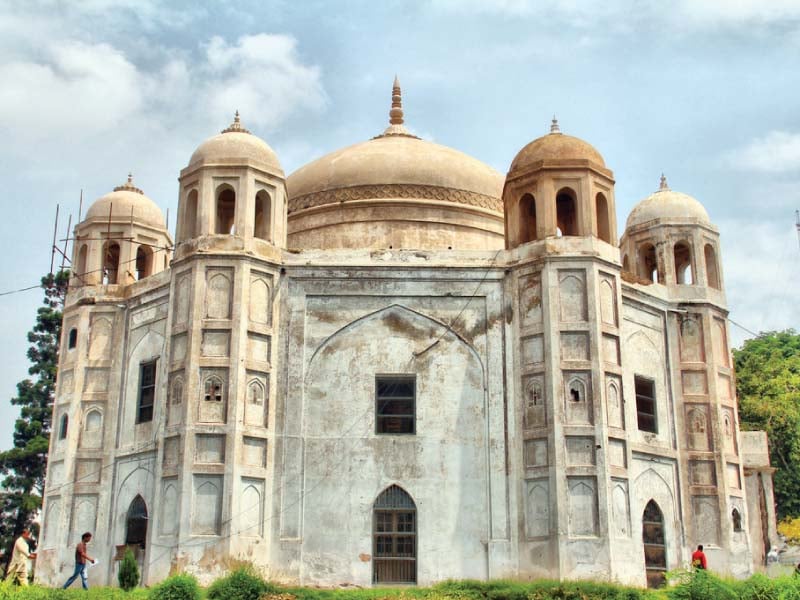Discover the inspiring story of Said Beg, the Mughal general who joined Guru Gobind Singh at Chamkaur, leaving a lasting legacy in Sikh history.
ANARKALI, the oldest Mughal tomb in Lahore, was built between 1605 and 1615 by Emperor Jahangir for his former favourite dancing girl Anarkali. The tomb was surrounded by extensive gardens enclosed within a high protective wall, and several buildings and palaces were erected in the gardens by Mughal princes and nobles. In 1799, Maharaja Ranjit Singh put up his headquarters there while besieging Lahore. Subsequently, he offered Anarkali to his eldest son, the heir apparent Kharak Singh.
Explore the legacy of General Gurdit Singh Majithia, a key figure in Sikh history who commanded troops for Maharaja Ranjit Singh. Learn more.
Discover the tale of Mughal general Said Khan, whose encounter with Guru Gobind Singh shifted destiny from conquest to spiritual devotion.
Explore the strategic brilliance of Maharaja Ranjit Singh's army, a blend of innovation and tradition that forged a vast kingdom amid adversity.
Explore the life of General Harsa Singh, a prominent figure in the Khalsa army, and his role in the 19th-century military history of Punjab.
Discover the rich history and significance of 'Sardar,' an honorific title symbolizing leadership and valor among Sikhs and in the military.
Discover the life of Atar Singh Sandhanvalia, brave soldier and loyal confidant to Maharaja Ranjit Singh, navigating politics and power in the Sikh Empire.
Explore the life of General Harsukh Rai, a key figure in Sikh history, from cavalry service to administration under the British in Punjab. Discover his legacy.
Explore the inspiring legacy of Sukh Raj, a heroic commandant in Maharaja Ranjit Singh's army, honored for bravery in pivotal battles. Learn more!



